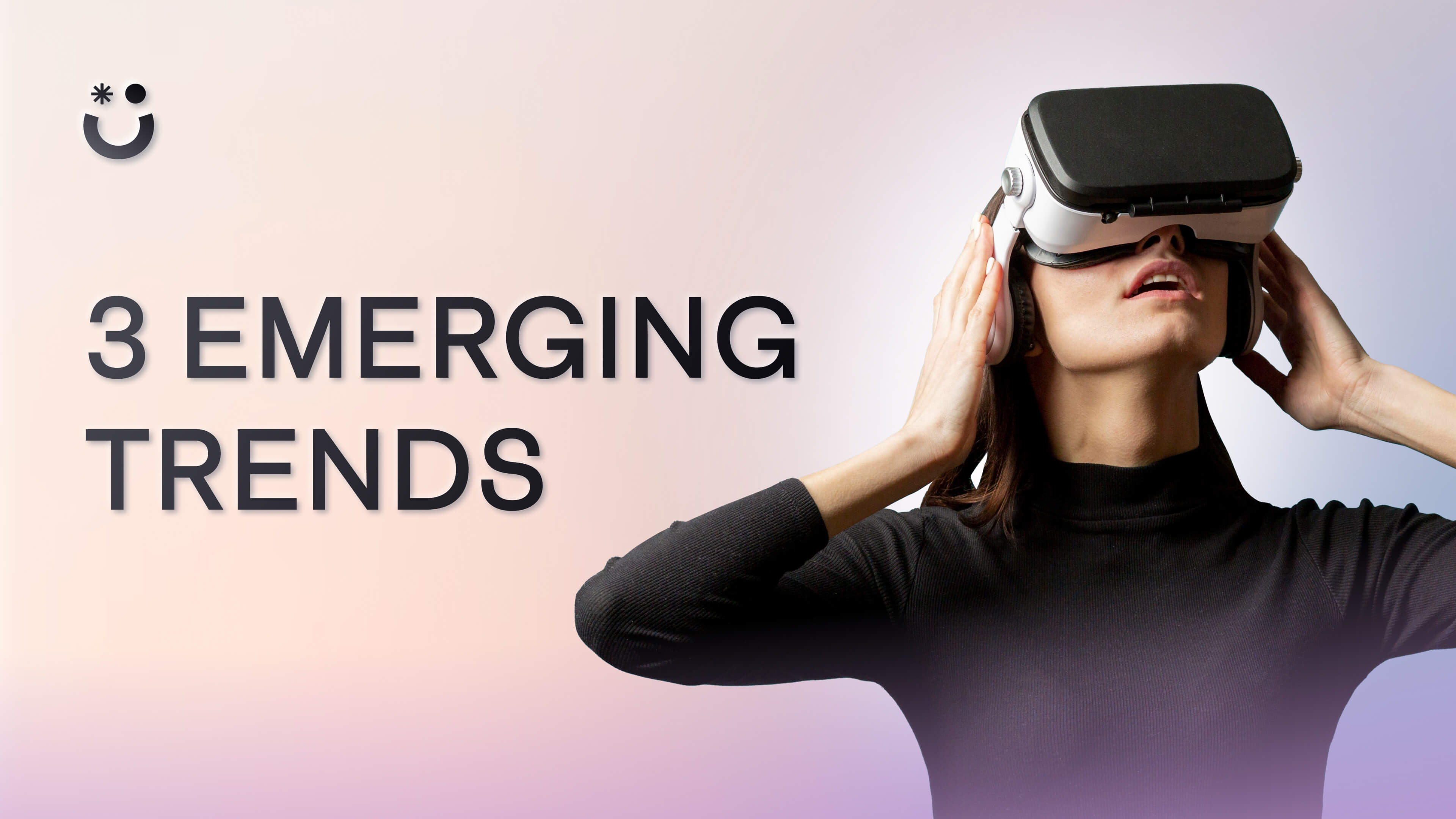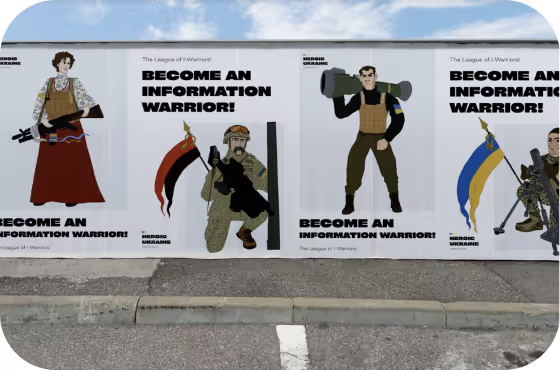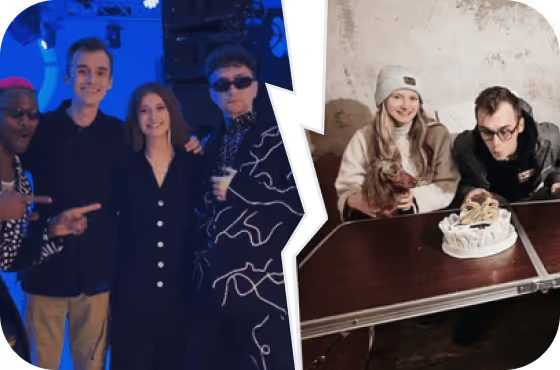3 Emerging User Experience Design Trends Your Business Should Try



User experience design is a huge part of creating a successful website. What you choose to include on your site will affect whether or not visitors stay and browse around. It will also determine how long they spend on a page, how likely they are to return, and more.
Simply put, user experience design is essential for businesses that want to remain competitive in their respective industries. Yet, there are so many different elements to consider, and it's hard to know where to start when it comes to improving your user experience.
Luckily, there are lots of trends in UX design that can help you make your site more user-friendly and engaging for your audience. With user experience design trends coming and going quickly, keeping up with what's new in the industry is important. Here are some of the latest trends you'll want to check out if you want to create a better user experience for your website.

Virtual Reality (VR)
Design in the digital age requires something new and exciting. One of the best ways to achieve that is with virtual reality (VR). Virtual Reality is an interactive computer-generated simulation of a three-dimensional environment.
It immerses users in the environment by providing a 360-degree view to interact with virtual objects as if they were real. VR can be used to create immersive experiences that can help increase brand awareness because you are capturing your audience's attention in a new way.
For example, businesses can use VR to provide customers with “virtual tours” of their showrooms or stores before they visit in person. This allows customers to get familiar with the layout and products beforehand. It also makes them more likely to purchase once they arrive onsite.
If customers can have a positive life-like experience with your product before buying, it can lead to higher sales conversions. Virtual Reality also allows you to do marketing differently. It gives your audience a chance to become invested in your brand. This may lower your advertising costs in the long run.

Augmented Reality (AR)
Another design trend that businesses should try is the use of Augmented reality (AR). Unlike VR, AR is an interactive technology that imposes digital content onto a person’s view of the real world. Unlike VR, which transports users into a different world, augmented reality allows users to interact with digital content without leaving their current physical space.
For example, think about Pokemon Go. This app uses augmented reality to engage with its users, allowing them to catch and see Pokemon in the real world. Another great example of a company taking advantage of new designs and AR is Snapchat.
Businesses using Snapchat to advertise their products allow users to try on makeup, clothes, and more through AR. One way businesses can use AR is by creating immersive product catalogs that allow customers to view products from all angles before deciding to buy.
AR can be used is for product demonstrations too. Allowing customers to view how products work firsthand through an AR headset or smartphone app is a great use of the technology. The key to making AR work for your business is impeccable designs and the right call to action.
Motion Graphics and Animations
If your brand is looking to tell a story, then consider using motion graphics and animations. Animations, as well as motion graphics, are pieces of digital content used to convey information visually. They can help create visual interest in websites or apps. Now more than ever, businesses leverage them in advertisements or marketing campaigns.
Motion graphics and animation are trending in design because they are eye-catching and engaging. They add personality and humanize your brand in a way that might not be possible with just words alone.
Businesses can use motion graphics or animations in a number of ways. It can be used to display data. It can be used to emphasize important points within your content without taking away from the message of the page.
Plus, motion graphics don’t take up much space, so you won’t have to worry about cluttering your site! They can also be an introduction before videos play on your website or help customers navigate your products.
Which User Experience Design Trend Will You Try First?
User experience design helps you connect with your audience the right way. These three emerging user experience design trends—virtual reality (VR), augmented reality (AR), and motion graphics and animations—are a great way to do it.
Instead of focusing on your UX wireframe in the design process, you also want to focus on the display. By harnessing the power of these trends and new designs, improve your website's user experience and increase engagement and conversions.
Whether incorporating one of these trends or all three into your website's user experience design plan, Awesomic is here to help! Book a demo today to get started.
One subscription and your hiring problems solved


FAQ

Awesomic is a revolutionary app that matches companies with vetted professionals across 30+ skill sets, from design and development to marketing and product. Based in San Francisco with a global core team, we offer a faster and more flexible alternative to traditional hiring through a subscription-based model. Awesomic delivers high-quality talent on demand, without the delays of recruiting.

We function as a subscription-based service that matches you to top-tier, vetted talent. Submit a project in just a few clicks and start receiving deliverables in as little as 24 hours. Scale your Awesomic plan up or down as your business needs change.

Every Awesomic subscription comes with unlimited revisions. You receive daily progress updates via the app, and you can provide feedback or request iterations as needed. If your project requires a different approach, you can request a talent rematch at any time, at no extra cost. You can also add teammates to collaborate and streamline feedback

A talent marketplace is a platform that utilizes data and intelligent matching algorithms to connect professionals with projects based on their skills, experience, and availability. While often used internally by large companies, Awesomic applies this model at scale, matching vetted global talent to your most critical business needs.

Hiring is time-consuming, expensive, and risky. Awesomic eliminates that problem. We rigorously vet all talent for technical ability, communication, and soft skills, ensuring only senior-level professionals work on your projects. You skip the job posts, interviews, and delays, and get straight to results.

No, Awesomic goes beyond design. While many clients utilize us for branding, UI/UX design, or motion graphics, we also provide vetted talent in no-code web development, product design, marketing, and more. Think of us as an extension of your team. A flexible, high-performing creative partner from planning to execution, whether you're building awesome products or scaling your team.

You can talk directly with your matched talent via the Awesomic app, connect via Slack, email, or schedule video calls. No matter the plan, you’ll receive daily updates in the app for every active task. You can also tag us in for any issues through our in-app customer chat.












